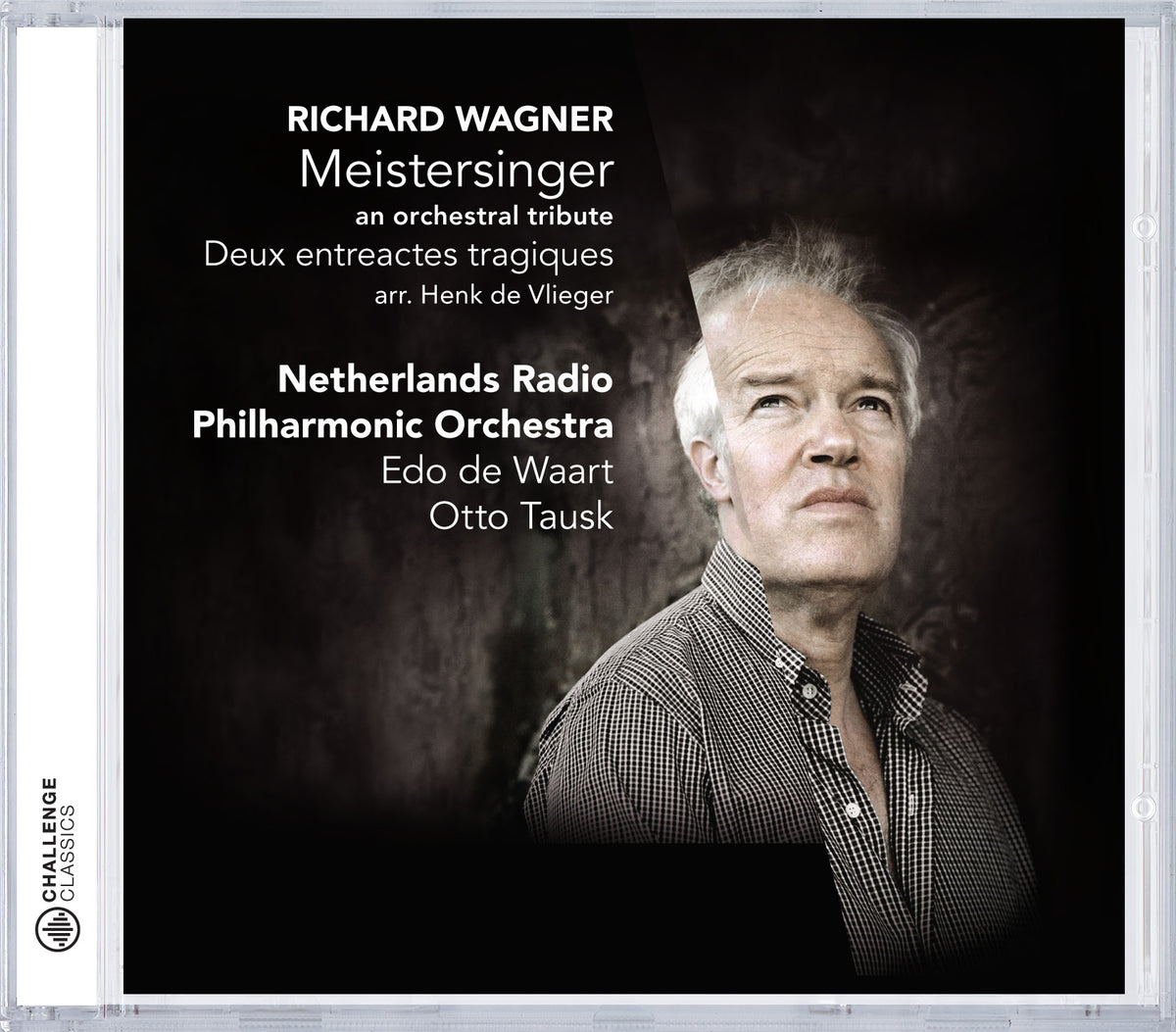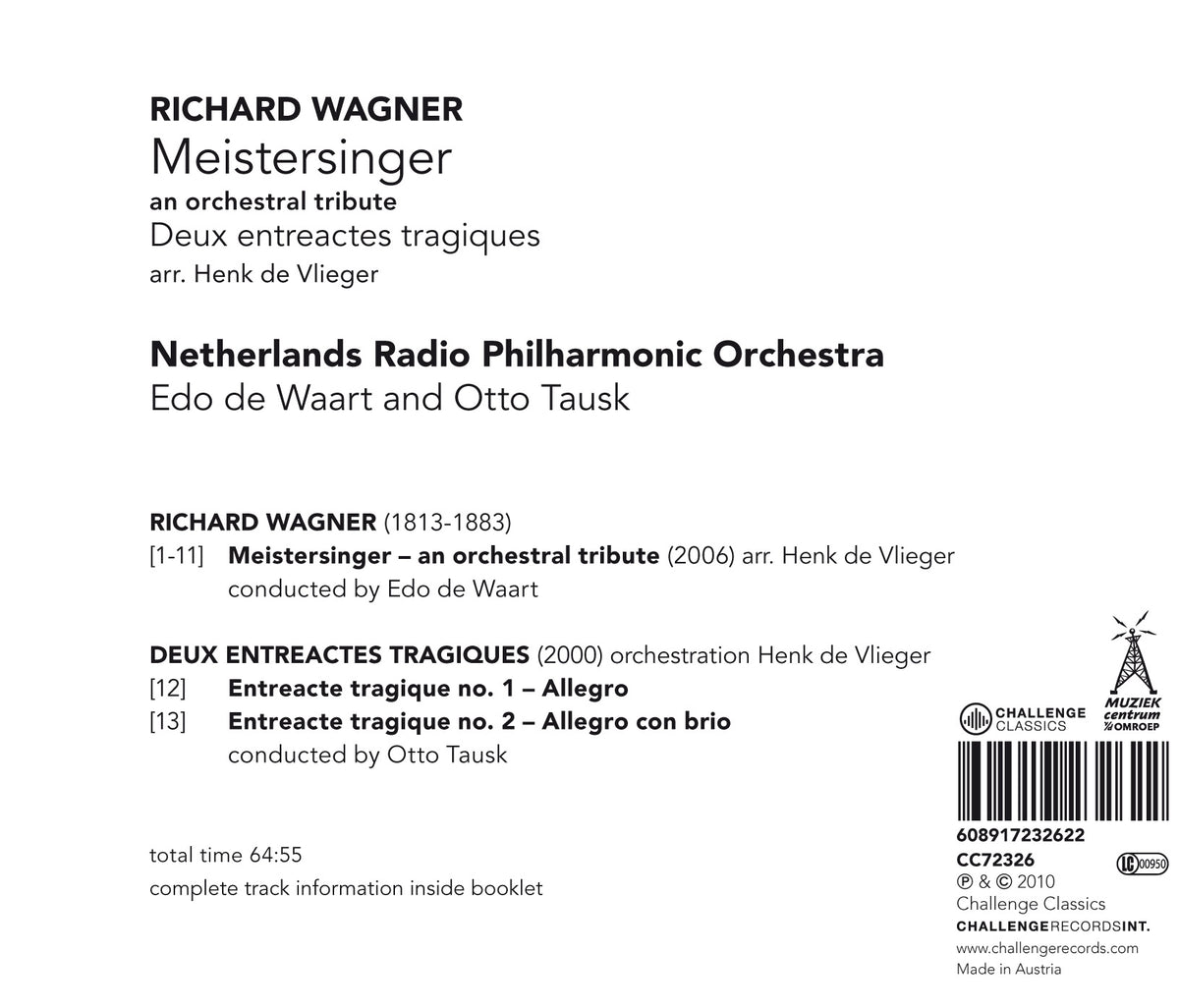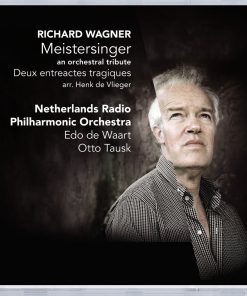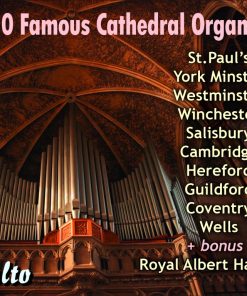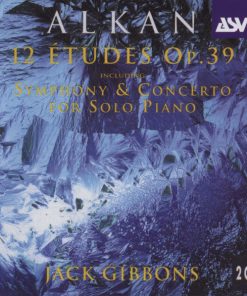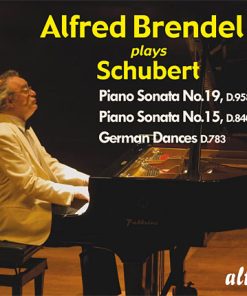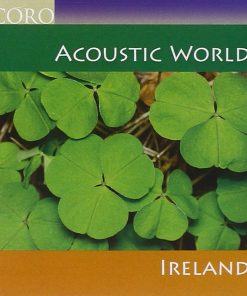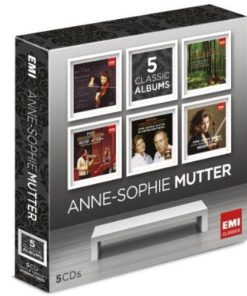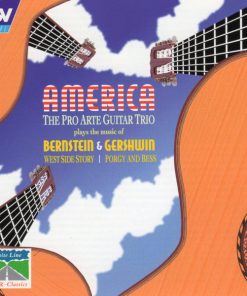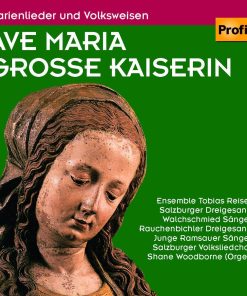WAGNER: MEISTERSINGER – AN ORCHESTRAL TRIBUTE – EDO DE WAART, NETHERLANDS RADIO PHILHARMONIC ORCHESTRA CHALLENGE
$ 2,99 $ 1,79

This is an orchestral tribute to Wagner’s Meistersinger ánd Deux entreactes tragiques, all of these works in arrangements by Henk de Vlieger.
Die Meistersinger von Nürnberg holds a special position among Richard Wagner’s music dramas. First, it is his only “comic” opera, and its subject, moreover, is not based on a myth or saga. The characters are mere common mortals and at least one of them, Hans Sachs, actually existed. The plot is set within a historical context, 16th-century Nuremberg, and has clear sociological and political implications, regarding the relationship between the artist, tradition and society. The libretto, which Wagner wrote himself, as always, is in keeping with this. In contrast with his mythological and mythological historical dramas, here the verse lines are longer than in previous works, corresponding more with spoken language, and employ more traditional rhyme patterns. In many places, one could even speak of rounded-off song texts consisting of various couplets.Die Meistersinger also differs musically from Wagner’s other operas. In the preceding works, among which most of Der Ring des Nibelungen and Tristan und Isolde, he developed a musical idiom increasingly marked by short phrases and ever more daring chromaticism. This reached a high point in the love drama Tristan und Isolde, in which tonality itself is stretched to the limit. In Die Meistersinger, however, Wagner returned to a predominately diatonic idiom and its most important moments, such as Walther’s prize song, in fact the central moment, are set simply in the key of C major. Another musical element found throughout this score is brilliant counterpoint, the harmonious combination of two or more melodic lines. Despite all of this, the orchestration of Die Meistersinger is relatively small compared to his other operas. The vivid Romantic tone colours of his orchestral palette, such as the English horn and bass clarinet, are entirely lacking. But the opera is nevertheless filled with instrumental strokes of genius and the orchestration is dazzling in all its riches. Through the cunning combination of all of these elements, Die Meistersinger von Nürnberg is a wondrous, highly original score that is moreover one of the most readily accessible of Wagner’s entire oeuvre.

01. Meistersinger – an orchestral tribute arr. Henk de Vlieger: Vorspiel 09:53
02. Meistersinger – an orchestral tribute arr. Henk de Vlieger: Versammlung der Meistersinger 05:31
03. Meistersinger – an orchestral tribute arr. Henk de Vlieger: Gesang der Lehrbuben 02:20
04. Meistersinger – an orchestral tribute arr. Henk de Vlieger: Sachsens Monolog 03:47
05. Meistersinger – an orchestral tribute arr. Henk de Vlieger: Vorspiel III 06:10
06. Meistersinger – an orchestral tribute arr. Henk de Vlieger: Taufspruch 03:42
07. Meistersinger – an orchestral tribute arr. Henk de Vlieger: Züge der Zünfte 05:11
08. Meistersinger – an orchestral tribute arr. Henk de Vlieger: Tanz der Lehrbuben 03:11
09. Meistersinger – an orchestral tribute arr. Henk de Vlieger: Aufzug der Meistersinger 03:17
10. Meistersinger – an orchestral tribute arr. Henk de Vlieger: Walther’s Preislied 05:16
11. Meistersinger – an orchestral tribute arr. Henk de Vlieger: Schlussgesang 03:30
12. Deux entreactes tragiques: Entreacte tragique no. 1 – Allegro 08:46
13. Deux entreactes tragiques: Entreacte tragique no. 2 – Allegro con brio 04:19
Fast Shipping and Professional Packing
Due to our longstanding partnership with UPS FedEx DHL and other leading international carriers, we are able to provide a range of shipping options. Our warehouse staff are highly trained to pack your goods exactly according to the specifications that we supply. Your goods will undergo a thorough examination and will be safely packaged prior to being sent out. Everyday we deliver hundreds of packages to our customers from all over the world. This is an indication of our dedication to being the largest online retailer worldwide. Warehouses and distribution centers can be located in Europe as well as the USA.
Orders with more than 1 item are assigned processing periods for each item.
Before shipment, all ordered products will be thoroughly inspected. Today, most orders will be shipped within 48 hours. The estimated delivery time is between 3-7 days.
Returns
The stock is constantly changing. It's not entirely managed by us since we are involved with multiple parties such as the factory and our storage. The actual stock can fluctuate at any time. Please understand it may happen that your order will be out of stock when the order is placed.
Our policy is valid for 30 days. If you haven't received your product within 30 days, we're not able to issue either a return or exchange.
You are able to return a product if it is unused and in the same condition when you received it. It must also still remain in the original packaging.
Related products
MUSIC CD
MUSIC CD
MUSIC CD
MUSIC CD
